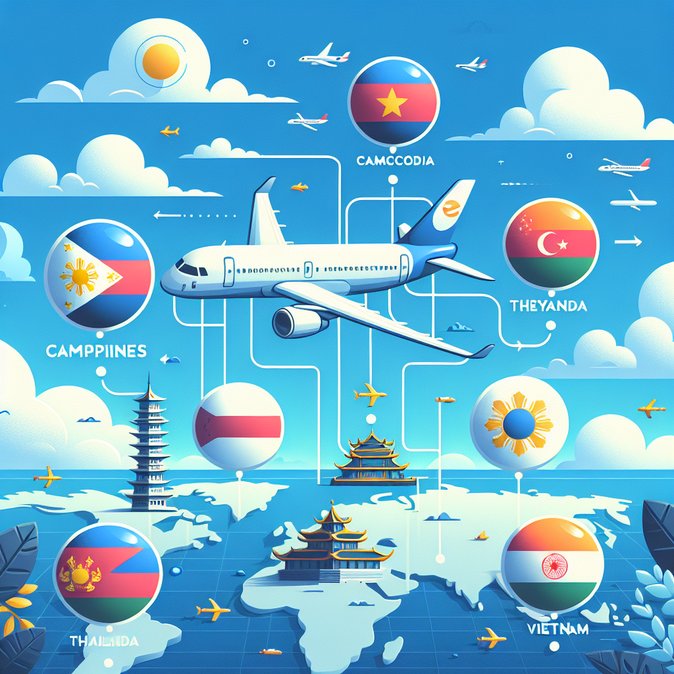
A round-up article published on 13 November 2025 lists eight recently launched direct flights that are reshaping Indian travellers’ access to key leisure and business hubs. Among the highlights:
• Delhi–Manila (Air India, five-weekly), leveraging the Philippines’ 14-day visa-free entry for Indians;
• Kolkata–Siem Reap (IndiGo, thrice-weekly), opening up Angkor Wat;
• Mumbai–Seychelles (IndiGo, four-weekly) and Mumbai–Krabi (IndiGo), adding beach escapes within five hours;
• Mumbai–Tbilisi (three-weekly) bringing Georgia’s fast-track e-visa programme closer to the Indian market;
• Twin Bengaluru and Hyderabad links to Ho Chi Minh City, and a new Delhi–Guangzhou service restoring direct connectivity to southern China.
Collectively, the new sectors reduce one-way travel times by up to eight hours and eliminate transit-visa costs through third-country hubs. Airlines are targeting both price-sensitive tourists and time-pressed business travellers—Air India, for instance, is offering through-checked baggage to onward Philippine domestic flights, while VietJet has introduced free rescheduling for corporate accounts on the Vietnam routes.
![Eight new non-stop international routes put more of the world within a single hop from India]()
From a mobility-management perspective, the proliferation of point-to-point options simplifies duty-of-care monitoring and can lower total trip cost by 10-15 % once hotel night savings are factored in. Travel buyers, however, should watch bilateral seat-cap negotiations; capacity caps on some ASEAN routes could tighten fares if demand spikes.
Policy-wise, the expansion coincides with India’s push for reciprocal market access under its ‘Open Sky 2.0’ talks. Civil Aviation Ministry officials told local media the government will review additional traffic rights in early 2026 if carriers can demonstrate 80 % average loads for two consecutive quarters.
• Delhi–Manila (Air India, five-weekly), leveraging the Philippines’ 14-day visa-free entry for Indians;
• Kolkata–Siem Reap (IndiGo, thrice-weekly), opening up Angkor Wat;
• Mumbai–Seychelles (IndiGo, four-weekly) and Mumbai–Krabi (IndiGo), adding beach escapes within five hours;
• Mumbai–Tbilisi (three-weekly) bringing Georgia’s fast-track e-visa programme closer to the Indian market;
• Twin Bengaluru and Hyderabad links to Ho Chi Minh City, and a new Delhi–Guangzhou service restoring direct connectivity to southern China.
Collectively, the new sectors reduce one-way travel times by up to eight hours and eliminate transit-visa costs through third-country hubs. Airlines are targeting both price-sensitive tourists and time-pressed business travellers—Air India, for instance, is offering through-checked baggage to onward Philippine domestic flights, while VietJet has introduced free rescheduling for corporate accounts on the Vietnam routes.

From a mobility-management perspective, the proliferation of point-to-point options simplifies duty-of-care monitoring and can lower total trip cost by 10-15 % once hotel night savings are factored in. Travel buyers, however, should watch bilateral seat-cap negotiations; capacity caps on some ASEAN routes could tighten fares if demand spikes.
Policy-wise, the expansion coincides with India’s push for reciprocal market access under its ‘Open Sky 2.0’ talks. Civil Aviation Ministry officials told local media the government will review additional traffic rights in early 2026 if carriers can demonstrate 80 % average loads for two consecutive quarters.





